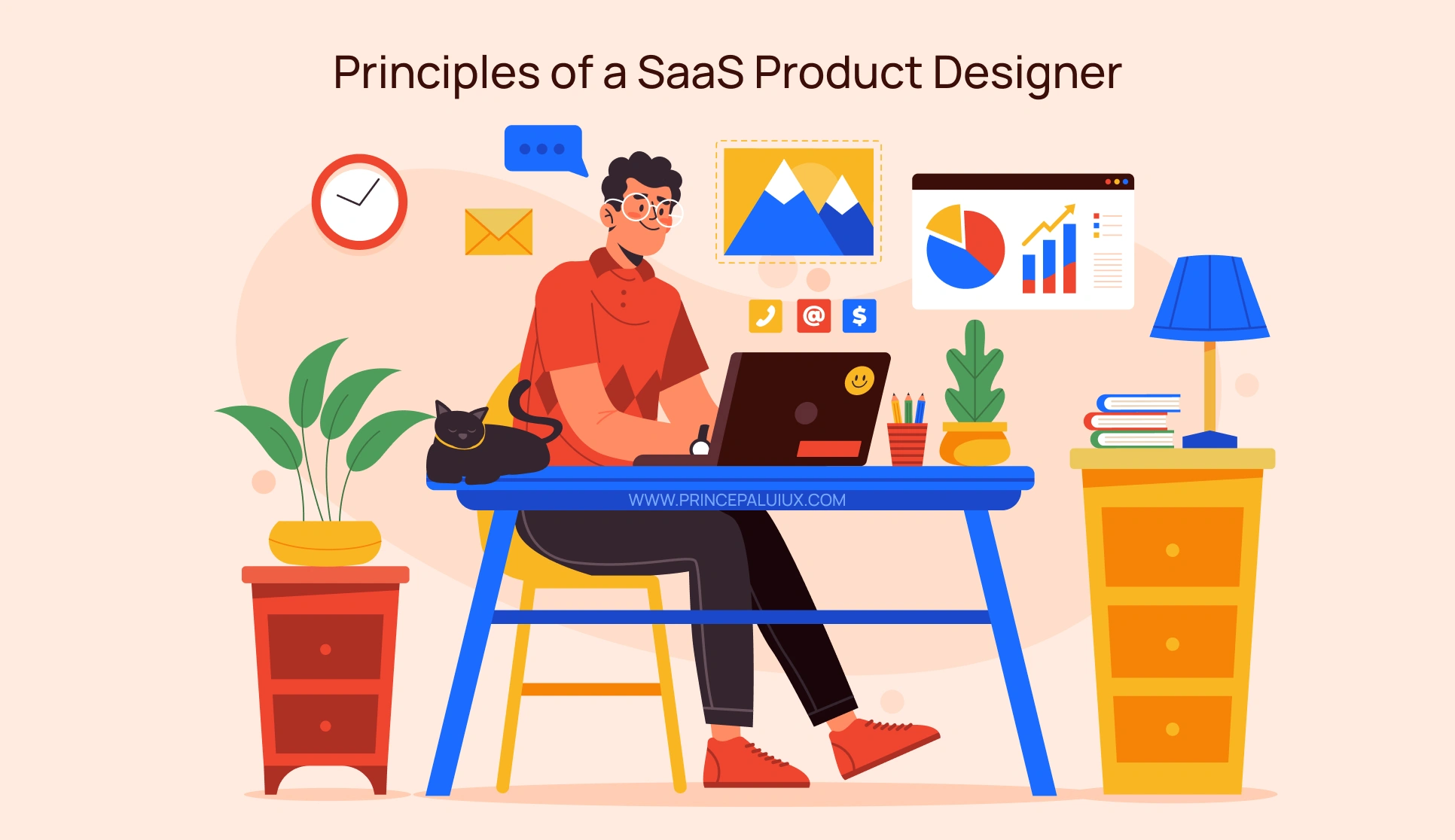Let’s face it—being a SaaS product designer today isn’t just about making things look good. It’s about making things work. And not just work, but work fast, work for users, and work with a team. If you’re in the trenches building real stuff—SaaS apps, dashboards, AI tools, mobile experiences—you know speed, clarity, and collaboration are everything.
So here’s a no-BS guide: 30 principles that’ll help you become a razor-sharp, insanely productive product designer. Not just the kind who makes incredible Dribbble shots, but the one everyone wants on their team.
1. Design fast, clean up later
Don’t waste hours perfecting the shadows in version one. Just get your ideas out—fast. Speed helps you build momentum and kills self-doubt. Polish comes later.
2. Default to done
Waiting for the “perfect” is a great way never to launch. Ship it. Learn from real users. Iterate. That’s how good products are born.
3. Love the problem, not your portfolio
Yeah, pretty interfaces are nice. But a beautiful screen that doesn’t solve a problem? Useless. Build useful first—beautiful can follow.
4. Use boring systems to make sexy stuff
Your Figma should be boring: clean layers, proper naming, structured components. Why? Because clarity in files gives you freedom to create wildly.
5. Kill your darlings
That flashy carousel interaction you love? Kill it if it doesn’t help the user. Good design is ruthless. And that’s okay.
6. Prototype like a maniac
If you’re not clicking through your designs, you’re just imagining things. Prototypes expose flaws and gaps before real users do. Click early, click often.
7. Work loud
Share your designs early. Share progress often. Hiding your work kills feedback loops. Let the team in—your design will get better, faster.
8. Design like a hacker
Break tools. Stack plugins. Automate grunt work. Be scrappy. Duct tape is a design tool if it helps you move quicker.
9. Feedback is fuel
Don’t take it personally. Feedback is how you grow. If something’s not working, fix it. That’s how you get sharper.
10. Copy with purpose
See something cool? Grab it. But don’t just copy—elevate it. Use it as a base, then improve it as much as you can.
11. Ask “dumb” questions. Out loud
There’s no shame in not knowing. The real problem? Staying silent. Asking clears the fog. And foggy designers waste everyone’s time.
12. Every pixel counts
That button? That flow? It affects someone’s real-life experience. Design like it matters—because it does.
13. Design is a team sport
You’re not the rockstar. You’re the glue. You bring product, engineering, and users together. Collaboration wins.
14. Figma is a tool. Not the job.
The real job? Thinking, solving problems, and communicating ideas. Figma is just how you swing the sword.
15. Deadlines > Inspiration
Waiting for the “aha!” moment? That’s a hobby, not a job. Real designers show up and do the work, regardless of mood.
16. Users > Stakeholders > You.
Your job isn’t to impress your boss. It’s to help the user. Always design for the end user, not your ego.
17. Make it work in black & white first
If your layout only makes sense with color, it’s probably broken. Good UX is solid even in grayscale.
18. Know your data
Analytics aren’t just for product managers. Know your bounce rates. Study your funnels. Speak the language of the business.
19. Keep your ego in check
Your idea might suck. That’s fine. If someone else’s idea works better, run with it. Let the best solution win, no matter who said it.
20. Treat “No” as a starting point
Constraints? They’re not walls—they’re launchpads. Real creativity starts when the rules are tight.
21. Start with the user story, not the UI
Before you even open Figma, write a one-line tale of what the user needs to do and why. That clarity up front saves hours of pixel-moving later.
22. Zoom in and zoom out—often
Details matter. But so does the big picture. Don’t get stuck on a single screen. Always ask: How does this fit into the entire user journey?
23. Design with developer empathy
Fancy animations are fun… until they delay launch by 2 weeks. Talk to your devs. Understand what’s feasible. Great designers are great collaborators.
24. Your first idea is usually your most obvious
It’s easy to fall in love with your first layout. Push yourself to explore at least 2–3 alternative solutions. The gold often lies in version three.
25. Document as you go
Design decisions fade fast. Add notes, record Looms, or drop sticky comments while designing. Future you—and your team—will thank you.
26. Think beyond the happy path
Everyone designs for the ideal flow. But real users? They forget passwords, get stuck, and click weird stuff. Anticipate the mess.
27. Write the microcopy yourself
Don’t wait for the content team. Placeholder text can create confusion. Write bright, clear, and human copy, and revise it later if needed.
28. Your best ideas might come in the shower.
Creativity needs space. Step away from the screen sometimes. Go for a walk. Let your brain breathe. Insight loves downtime.
29. Don’t design in isolation
Get into customer calls. Sit with support teams. Read reviews. The more real-world context you absorb, the more intuitive your designs will be.
30. Leave your files ready for handoff—always
You never know when someone else might need to jump in. Use auto-layout, label your frames, and make your files clean enough for someone else to pick up mid-project.
Final Thoughts
You don’t need to follow every single one of these principles every day. But the more you do, the more your work will matter—and the faster you’ll grow. So take what resonates. Ignore what doesn’t. And above all—keep shipping.
